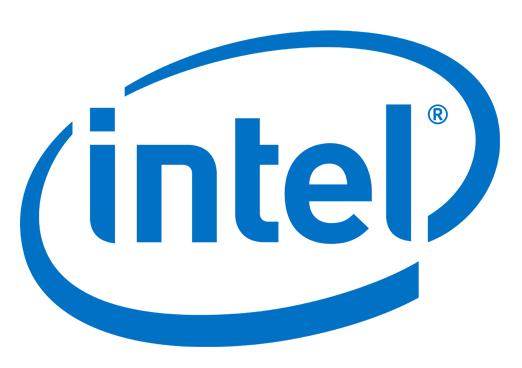Be it positive or negative, no matter what SA is saying you can safely assume that he has no inside information to back up his claims. Anyone remember intel 10nm was canceled and would never be capable of reaching high yields so intel skipping ahead to 7nm. From a quick google search this seems to be the first of many claims that 10nm was canceled.Intel is in deep trouble, the 18a process is broken, and it is all down hill from here, right? SemiAccurate dug deeply into the 18a rumors for the last 3+ weeks and hunted them all down.
As you may recall, SemiAccurate was the first, and for years only site that was screaming about Intel’s 10nm problems, with data. Only after it became undeniable did other climb on board. SemiAccurate also called Intel’s potential for outright failure in 2019, again long before anyone else did. We have a long track record of calling Intel’s problems and their successes because we do the groundwork and research rather than parroting back random idiots on the net.

What is really going on with Intel’s 18a process?
Intel is in deep trouble, the 18a process is broken, and it is all down hill from here, right?www.semiaccurate.com

Intel kills off the 10nm process
SemiAccurate has learned that Intel just pulled the plug on their woeful 10nm process.
 www.semiaccurate.com
www.semiaccurate.com
Nobody has ever bet intel could clear it. Even if you look back at the semiwiki comments from intel accelerated people were calling it "an aspirational goal that intel should be proud if they even hit half of their goals.". As a college junior at the time I remember thinking something to the tune of "Yeah right! Show me 10nm desktop CPUs before you start talking about 2nm GAA and BSPDNs! Why would a company that can't even project out 2 years be able to see 4 years out.".Vaulting an impossibly high bar is fine in theory but in practice it can really hurt, especially if everyone is betting that you will clear it.
Your intuition has failed you.If I had to guess, purely based on historical pattern matching, my money would be on PowerVia being the troublemaker.
So what intel has started doing post the cascade of failures during the 2010s? For public examples intel 4+powerVia, pattern shaping, low-NA and high-NA in parallel, and intel claiming back in the late 2010s that 7nm had SAPQ and EUV versions.It's not just that "it's getting harder for everyone", it's also "who has better competence to handle this environment".
TSMC has a long history of
(a) cautiously rolling out one improvement at a time. With a plan-B (eg N3B vs N3E) lined up if required.
When you are that behind and starting up a foundry you need to call a shot to build credibility. Calling a four year roadmap publicly puts pressure on delivering and if 18A products launch in a healthy state in 2025 then intel has proven without a shadow of a doubt they can slug it out with TSMC. Moving forward take a look at 14A and 10A intel has not claimed anything concrete about them other than 2yr offsets post 18A and only after others started talking about their 2027 process technology and public angst about what comes next and high-NA rollout plans.(b) not saying anything publicly until the details are worked out and everything is ready.
This means they mostly deliver what they promise, both to customers and to Wall Street.
They said they would do that in 4 years from Jul'21 not 2 years after Jul'21. And if they do deliver 18A products in 2025, then I guess they are "just that good".I'm a gonna build my own GAA. And my own BSPD. And I'm gonna do it in two years, in the same product because I'm just that good.
They have never claimed that.And five years from now I'm gonna be delivering CFETs.
Or this. In fact intel doesn't even talk about graphene 2D channels. Industry is moving to TMDs.And eight years from now I'm gonna shipping graphene chips.
Last edited:

